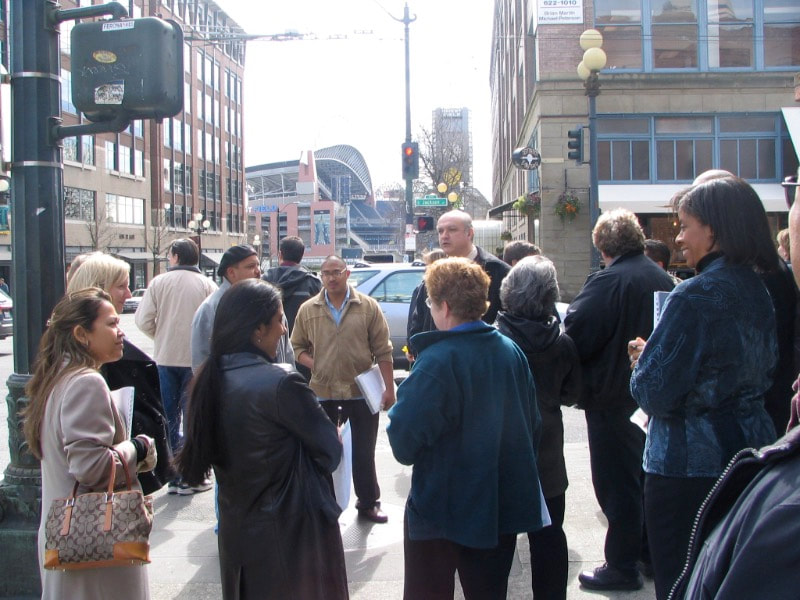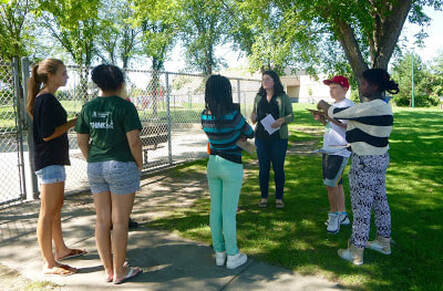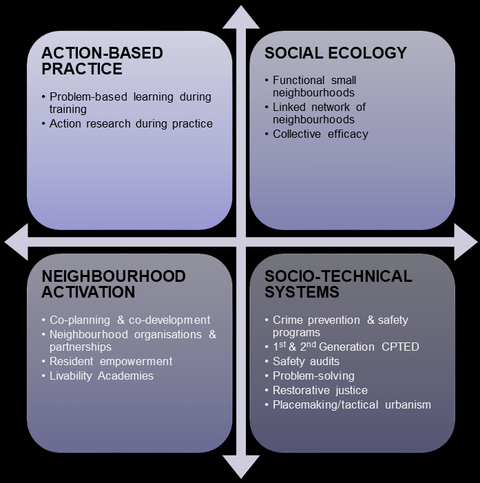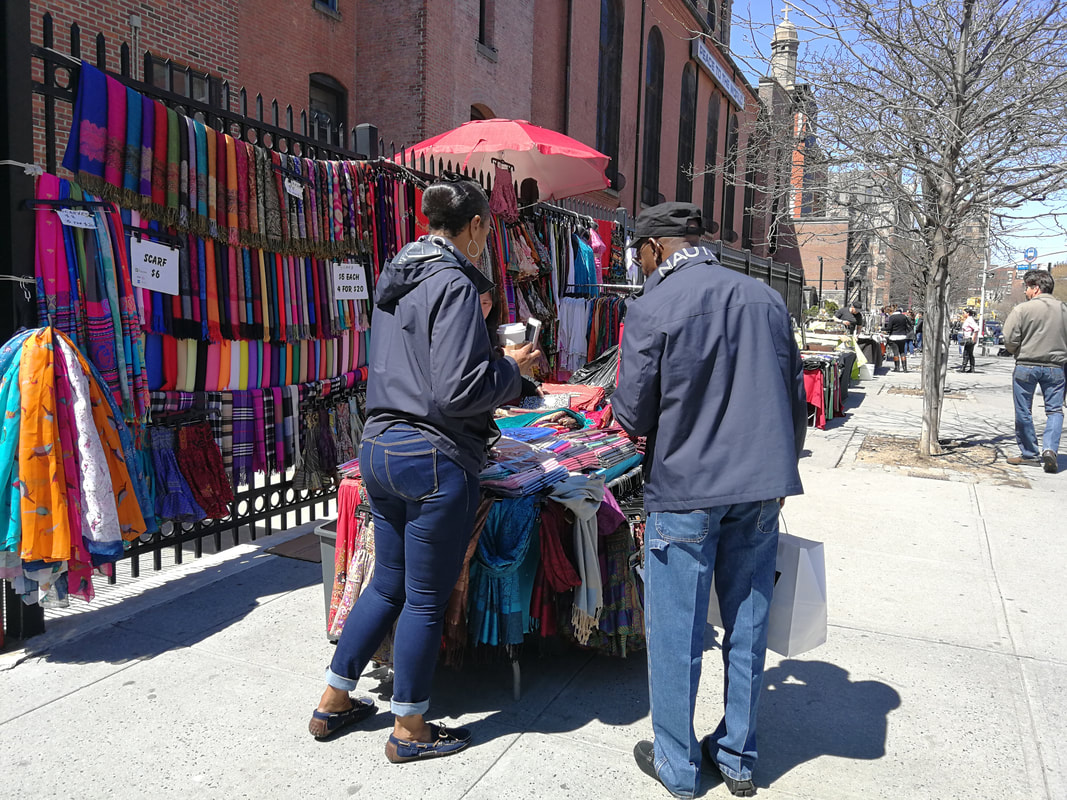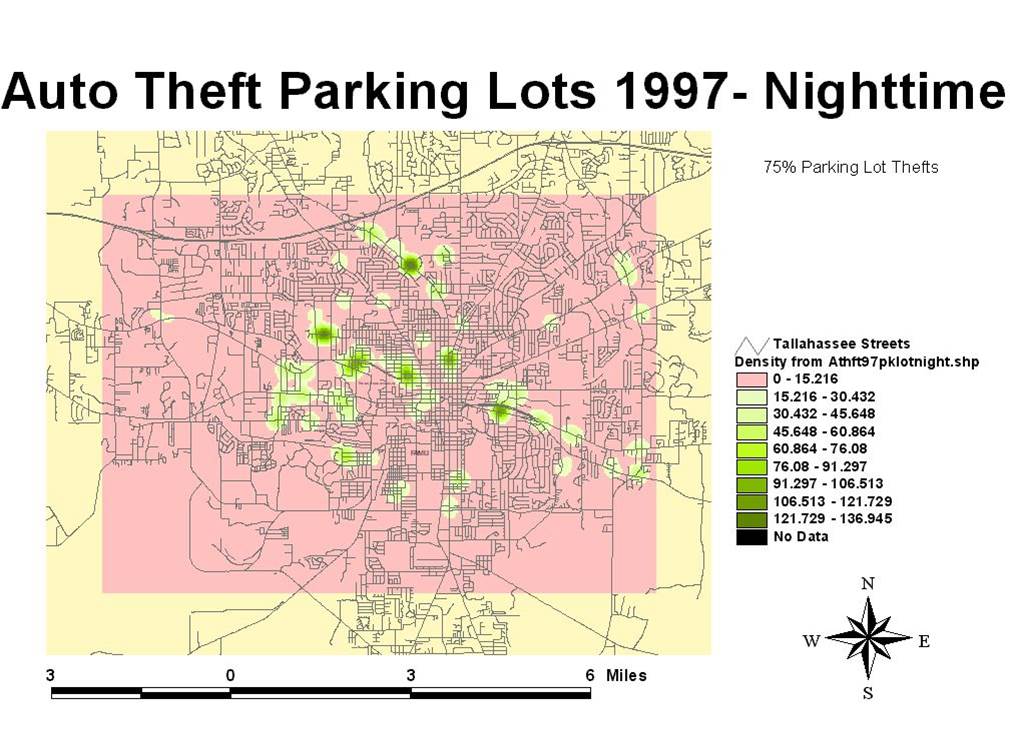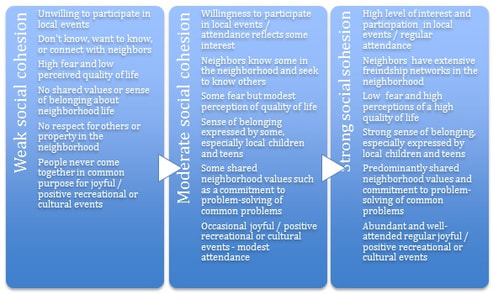Theory
|
SafeGrowth theory is built around the 4 principles (tenets) that are the foundation for SafeGrowth method and practice:
1. ACTION BASED PRACTICE 2. SOCIAL ECOLOGY 3. NEIGHBORHOOD ACTIVATION 4. SOCIO-TECHNICAL SYSTEMS When these principles work synergistically they contribute towards creating a vision of livable neighborhoods and cities in 21st Century. ↓ |
